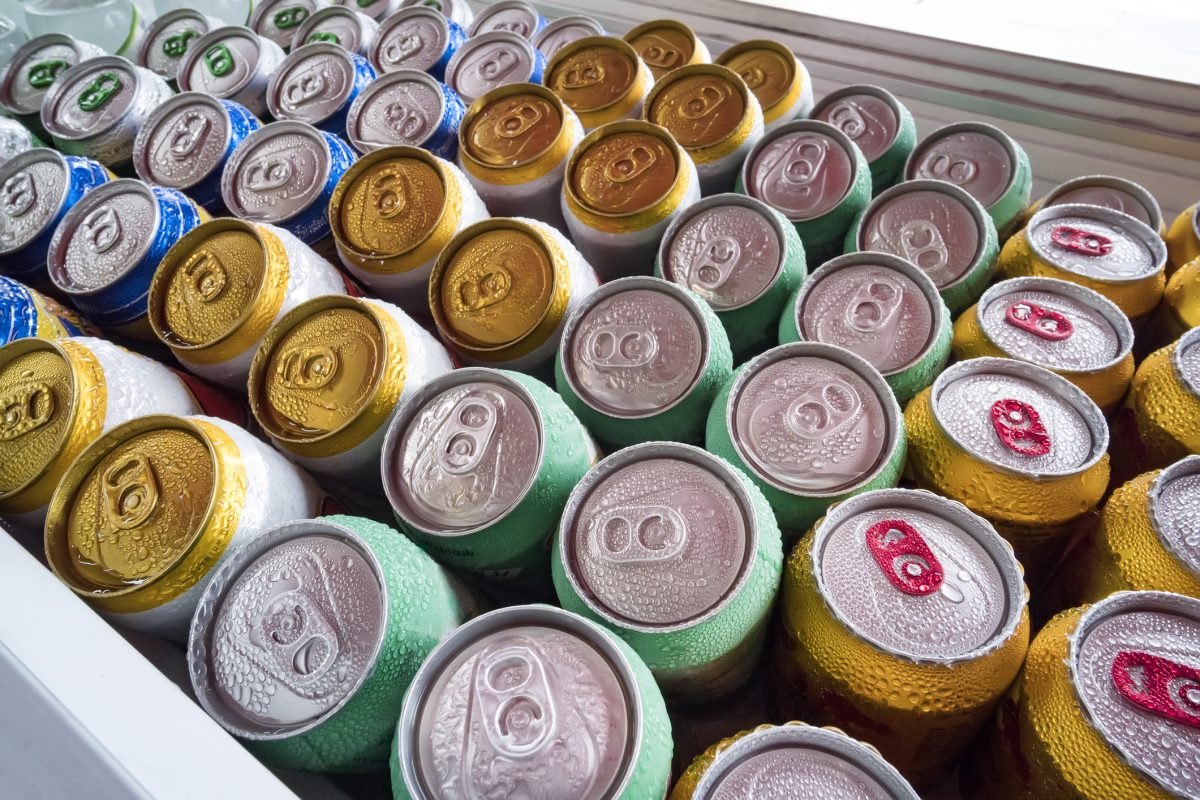New data from IWSR is predicting consumption of the no and low alcohol (NOLO) category to increase by a third by 2026, with non-alcoholic products driving this growth.
In total, NOLO products from the beer/cider, wine, spirits and RTD categories grew by more than seven per cent in IWSR’s 10 key global markets (which includes Australia). The analysts found that the market value of the NOLO category passed US$11bn in 2022, up from US$8bn in 2018.
IWSR expects the pace of this growth in outstrip that over the last four years, with a forecast volume CAGR of plus seven per cent in the years leading up to 2026, compared to a CAGR of plus five per cent between the years of 2018 and 2022.
Susie Goldpink, Head of No- and Low-Alcohol for IWSR believes this growth contains significant potential for brands and retailers.
“The dynamic no/low-alcohol category presents opportunities for incremental sales growth as consumers are recruited from drinks categories such as soft drinks and water. Brand owners have an opportunity to recruit non-drinkers of alcohol.”
“As more people opt to avoid alcohol on certain occasions – or abstain from it altogether – no-alcohol is steadily increasing its share of the no/low category.”
Non-alcoholic products lead growth
More than 90 per cent of the growth predicted by IWSR is expected to be provided by the non-alcoholic category.
Indeed, non-alcoholic volumes grew by nine per cent in 2022 alone, with the subcategory’s share of overall NOLO volumes in the world’s 10 leading markets now sitting at 70 per cent. IWSR expects non-alcoholic volumes to continue this level of growing, with a CAGR of plus nine per cent leading up to 2026.
Moreover, the majority of this growth is likely to be spearheaded by non-alcoholic beer and cider, which the IWSR has specifically identified as providing nearly 70 per cent of the total growth in the NOLO category. Non-alcoholic wine is also expected to expand but in a more fragmented way, while non-alcoholic spirits will see ‘more dynamic growth’, with an emphasis on innovation in this sub-category.
“No-alcohol is growing faster than low-alcohol in most markets,” says Goldspink.
“The countries where this does not apply, such as Japan and Brazil, are early-stage low-alcohol markets with a small volume base.”
Australia to see significant volumes
While Germany continues to lead the way as the world’s largest and most mature NOLO market, the IWSR is tipping it for slowed growth, partly due to the size and strength of the German beer market. The organisation describes Australia as a ‘dynamic market’ that is it is tipping for double-digit volume CAGR growth in the period leading to 2026.
Key things for the industry to know
The IWSR identified some behaviour and trends that will be of interest to the liquor industry.
Paramount amongst these is the major barrier to consumption for the NOLO category: availability. The organisation states that in many markets, NOLO products lack visibility in the on-premise, while in retail, there is confusion about where these products should be displayed.
NOLO consumers are maturing, and diverse, as IWSR outlines.
“The largest subset (41 per cent of no/low consumers) are classified as ‘substituters’, who choose no/low products when avoiding alcohol on certain occasions.”
Seventy-eight per cent of consumers of NOLO products also consume full strength alcohol products, but ‘abstainers’ (those who do not drink at all) are also rising, accounting for 18 per cent of NOLO consumers, and seeing growth among younger consumers.
Intriguingly, despite the on-going cost of living crisis, expense has become less of a barrier to purchase – with the data suggesting that seven per cent of consumers see this as a barrier, as opposed to 14 per cent in 2021.

